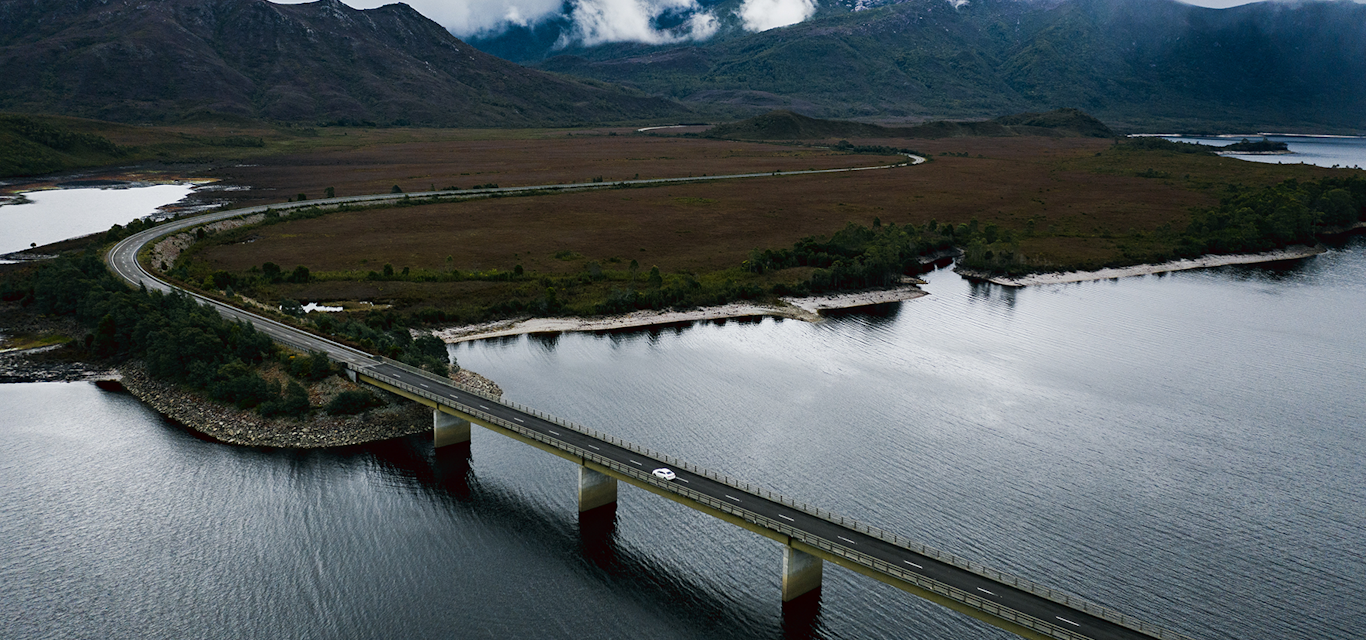Where to next for road safety?
Reducing Tasmania's road trauma requires a unified approach by governments, organisations and the community. It’s a journey we must all take together.
Over the past decade we have failed to reduce death and serious injury on our roads. Even in a pandemic we had a disastrous 2020, with 36 fatalities and 284 serious injuries.
At 6.6 deaths per 100,000 people, Tasmania had the worst road safety record of any Australian state in 2020. If this trend continues, 175 Tasmanians will die and 1500 will be seriously injured on our roads in the next five years.
Yet, if Tasmania matched the death rate of the best performing state, Victoria (3.17), 19 lives could have been saved last year.
Sadly, that looks a tough task in 2021 with fatal and serious injuries continuing. There have already been 10* deaths and 103* serious injuries here this year, forever changing the lives of many families and friends.
However, we know what works to protect Tasmanians on the road.
It’s about building safer roads to prevent human error, encouraging Tasmanians to buy safer cars, introducing the latest enforcement technology, making road safety a whole-of-government responsibility, as well as changing the attitudes and behaviours of Tasmanians through better education and training.
In the lead-up to the State Election in May, we put forward two key priorities:
• Reinvestment of speed camera revenue into road safety, specifically the latest mobile phone and speed detection technologies.
• Development of 10-year plans and long-term funding for Tasmania’s key roads, including the Tasman, Bass, West Tamar, Huon, Channel and Arthur highways, plus increased road maintenance funding.
There has been a groundswell of community support for these priorities.
We saw both the Liberal and Labor parties commit to the development of 10-year plans for key roads, a priority that was also supported by the Greens.
Our next step is to ensure the new State Government lives up to its promises by funding and developing these long-term plans, including a range of corridor upgrades.
We called for a unified approach across the political spectrum in tackling road trauma but, disappointingly, only the Greens offered support for our road safety priority, which focused on speeding and mobile phone use.
Reinvestment of speed camera revenue into road safety is a vital tool in enforcement, deterrence and education and we will ramp up our push for this initiative by building partnerships to force change.
However, we also need to look forward to a range of other issues impacting road safety.
One look at our crash statistics (below) shows the various factors behind Tasmania’s consistently high fatal and serious injury tallies. This includes the Fatal Five, road user type, crash type and location, speed limits, age and gender.
Tasmanians must take greater responsibility for their own safety and the safety of others who share the road. We know the risk when we get behind the wheel. For most of us it is the most dangerous thing we do each day.
Do your part by always driving to the speed limit and the conditions, paying attention and leaving your phone alone, never drinking and driving, wearing your seatbelt and not driving when fatigued. If you’re a passenger and the driver is acting irresponsibly or being distracted, speak up. Your life is in their hands.
Road safety is everyone’s responsibility, and it’s time we all started treating it that way.
Crash stats
The Fatal Five causes of fatal and serious injury crashes in Tasmania are speed, drink/drug driving, distraction (particularly mobile phone use), non-use of seat belts and fatigue. This is how much they contribute to fatal and serious crashes in Tasmania each year*:
- Speed - 29%
- Drink/drug driving - 24%
- Distraction - 24%
- Non-use of seat belts - 9%
- Fatigue - 4%
Road users
Vehicle drivers and passengers make up 59% of fatal and serious injury crashes on our roads each year, with motorcyclists making up 27%.
Crash type
Run-off-road crashes (43%) and head-on crashes (19%) make up the top two fatal and serious injury crash types in Tasmania each year.
Age
Those aged 16–25 make up around 25% of fatal and serious injury crashes in Tasmania each year, despite comprising only 12% of the population.
Those aged 26–49 make up the largest proportion of fatal and serious injury crashes each year (close to 35%), but also make up the highest population at 30%.
Location
58% of fatal and serious injury crashes occur on rural roads, compared to 42% on urban roads, each year.
Speed zone
More than 60% of fatal and serious injury crashes occur in 80km/h and above zones.
Gender
Males make up 65% of fatal and serious injury crashes each year, compared to 35% for females. Men and women each make up 50% of the Tasmanian population.
*From Department State Growth’s Towards Zero Action Plan 2020-2024
